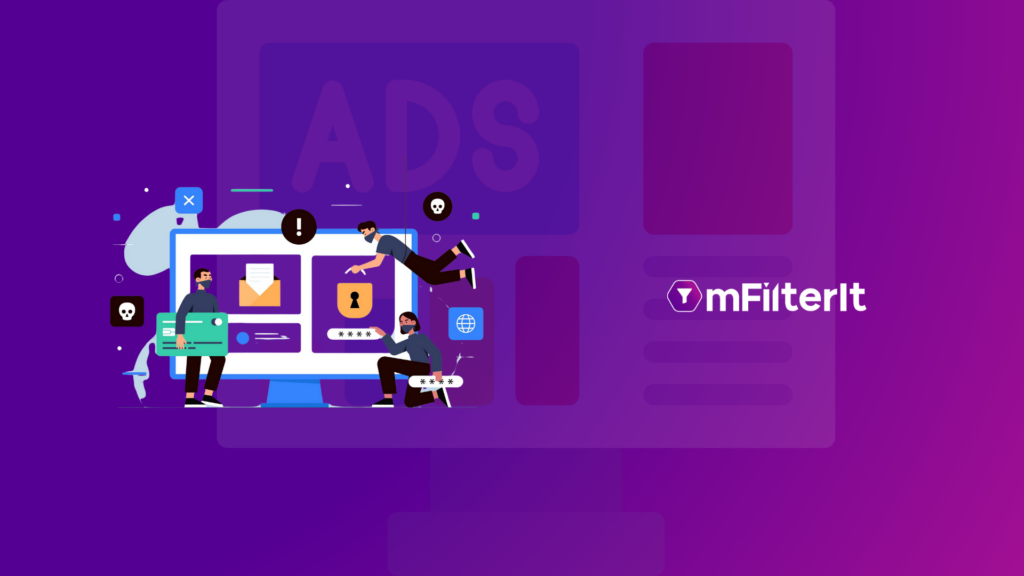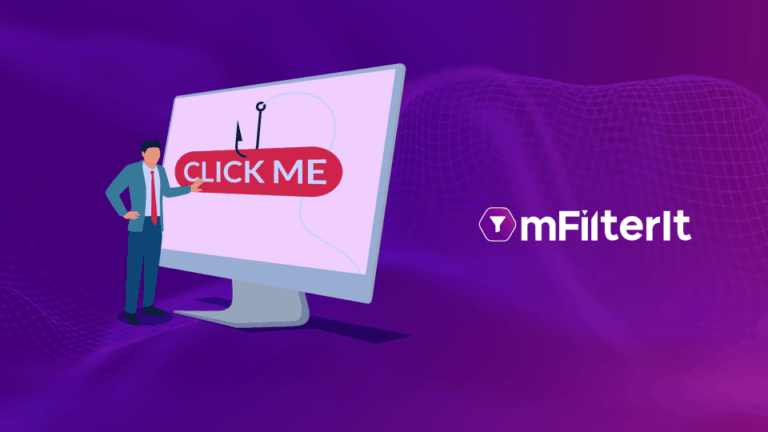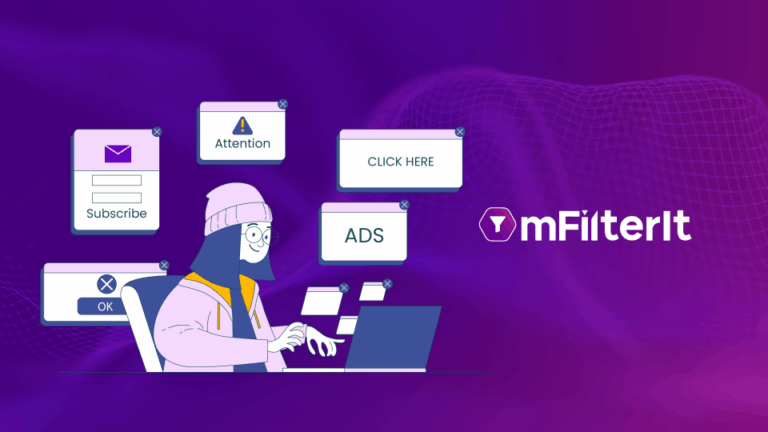Hey Siri! What’s the weather like today? And there comes a voice updating you about the weather. But do you know how it happens? It’s the bot army working in the background to provide relevant information to the users. A bot is a software application that automatically performs tasks.
However, these bots are being used for both good and bad purposes.
Unlike the bad bots which are used for malicious activities, the good bots are an integral part that helps the web to run smoothly. Bad bot traffic now accounts for 65% of all internet traffic. And the number is increasing by 6.2 percent from the previous year.
The bad bots imitate the behavior of a legitimate user and make it harder to detect and prevent. They are used by fraudsters to commit ad fraud by misusing and attacking websites, APIs, and mobile apps. Some of the malicious activities performed by the bad bots are web scraping, personal and financial data harvesting, digital ad fraud, spam, transaction fraud, etc. This leads to further wastage of the advertiser’s ad-media budget without getting any relevant traffic.
In this blog, we have covered the list of good bots and bad bots. Know how you can detect which type of bot is coming and impacting your ad campaigns.
Below are some examples of Good Bots
1. Search Engine Bots
Also known as the Crawler Bots, these bots run in the background and move across the internet to crawl websites. These bots help in performing repetitive tasks like indexing the websites for SEO purposes and logging user data. These bots help the internet to run smoothly and help to detect web errors, bugs, and performance issues. Some of the common search engine bots are Google bots and Bing bots.
2. Social Network Bots
These bots crawl the URLs shared on social media networks and provide relevant recommendations to users. They also fight spam and create a safe online environment for users. Some of the common social network bots are Facebook crawlers and Pinterest crawlers.
3. Aggregator Bots
The aggregator bots are used to crawl the RSS or Atom feeds of websites to create an automatically generated feed as per the user’s interests and preferences. For example, A Facebook mobile app feed fetcher retrieves the website information to view in Facebook’s in-app browser. Other aggregator bot examples are the Android framework bot and Google feed fetcher.
4. Marketing Bots
These bots are present in SEO and Content marketing software that crawl websites for organic and paid keywords, backlinks, and amount of traffic. Some of the known marketing bots are SEMrush bot and Ahrefs Bot.
5. Site Monitoring Bots
Bots like Uptime Bot, WordPress pingbacks, and the PRTG Network Monitor crawl the websites to detect the overall performance and whether it is working.
6. Voice Engine Bots
Bots like Alexa’s crawler and the Apple Bot work similarly to the search engine bots. These bots crawl the websites to provide relevant answers to the questions users ask the voice assistant devices.
7. Copyright Bots
These bots are used to search for web content that is potentially been copied. Some of the common cases are copying someone else’s work without giving the right attribution, incorrect use of proprietary content, and illegal uploads. These bots are commonly used in the segment of social media where the original content creation is essential. One of the examples of this is YouTube’s Content ID which is assigned to people who own the copyright.
8. Chatbots
Chatbots are programs developed with artificial intelligence (AI) that responds both in voice and text. These programs are designed to replicate natural human speech patterns. These chatbots are designed in such a way that they can answer frequently asked questions, provide customer service, and can also direct prospective customers towards the purchase of a product. Some of the famous chatbots are – AccuWeather, Sephora, Fandango, etc.
9. Entertainment Bots
Also known by the names of Art Bots, and Video Game Bots, these types of bots are designed to appear aesthetically pleasing. The video game bots are known to function as characters for us to play as opponents or for practicing and developing skills in a game. Some of the bots are also used for deep learning, making transcripts of speeches, and learning how to speak like a character. For example, TriviaBot, IdleRPG, and PokeMeow
Good bots are like working bees that automate the process and help in smoothening the functioning of the web. However, if you spot the good bots in your ad campaigns ensure to report them immediately to your publishers.
List of Bad Bots
1. Click Bots
This is a type of bot which is programmed to click fraudulently on ads which further manipulates the data of the advertiser. The click bots not only impact the data, but also results in wastage of ad spends because not only the traffic is fake, but it is not even a real human.
2. Imposter Bots
These bots pretend to be authentic search engine bots to bypass the security measures. The imposter bots impact the website traffic and cause malicious activities like automated DDoS agents.
3. Scraper Bots
Unlike copyright bots, scraper bots are used to steal the content, product catalogs, and even prices on a website for repurposing somewhere else. In this case, the user often remains in the dark and unknown about the whereabouts of their content.
4. Spam Bots
This is one of the most common types of bots that disrupt user engagement by distributing unwanted content. These bots hamper the engagement by doing spam comments, spammy ads, unnecessary and unusual website redirects, phishing emails, and initiating negative SEO against competitors.
5. Spy Bots
Spy bots are used to extract individual or business data. They crawl a website to steal semi-personal information like email addresses and other sources of communication. This further results in the misuse of users’ data for malicious activities.
6. Zombie Bots
Unlike the name, the zombie bots don’t eat humans, but they creep into the computer’s security system. Once they enter the system, they gain access and keep operating in the background and transmitting viruses and other malware to compromise the safety of the user’s data. This kind of bot attack starts with one machine, but it further leads to an “army” of zombie bots also known as “botnet”.
How mFilterIt Protects from Bot Traffic
At mFilterIt, we ensure that you don’t have to pay for bot traffic in ad campaigns which can erode up to 40% or more of your marketing budgets basis your media mix. By using the capabilities of AI, ML, and data science we identify invalid and fraud traffic contributing sources & mitigate them in real-time to prevent wastage of ad spends.
Conclusion
Too much of anything is not good. Similarly, good bots do not always mean a positive thing. Ensure to not just protect your ad campaigns from bad bots but also unusual activity of good bots. And if you’re still not sure how to do it, we are here to help you out.



